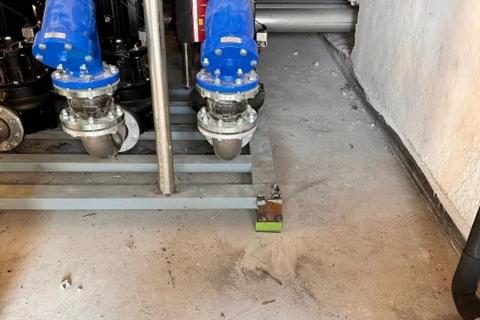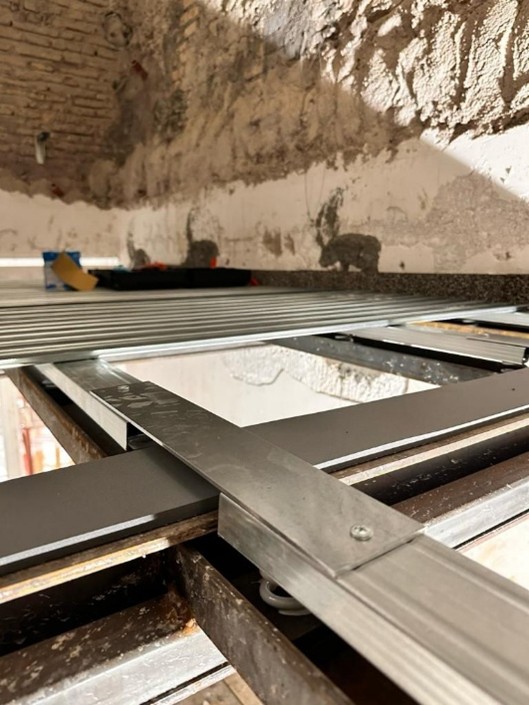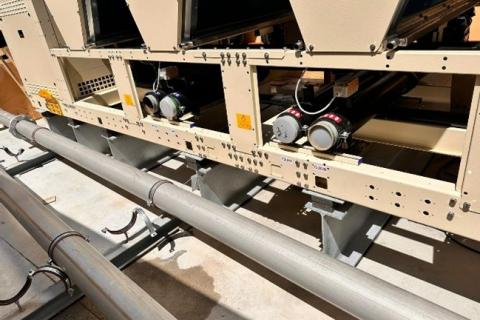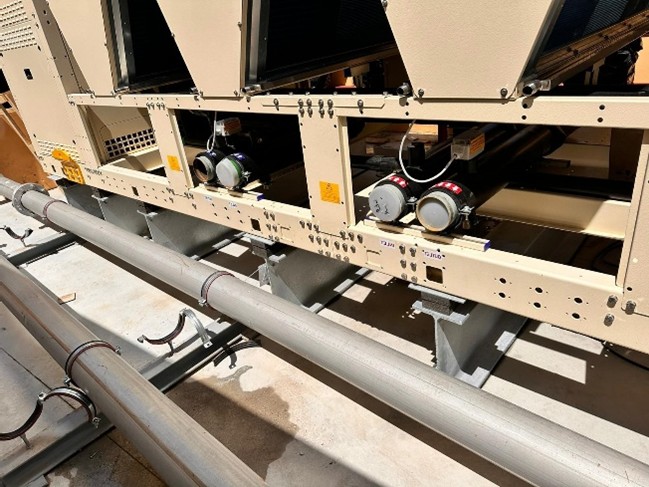
Main page content
Entity view (Content)
Orient Express La Minerva Hotel

Entity view (Content)
Located in the heart of Rome, just steps from the Pantheon, La Minerva Hotel occupies a 17th-century palazzo rich in history and architectural heritage.
The building underwent a complete transformation to become the Orient Express La Minerva, a new five-star luxury destination operated by Accor’s Orient Express brand.
The renovation focused on preserving historical character while integrating modern comfort and performance standards. The project included extensive restoration of original frescoes, marble columns, vaulted ceilings, and a central glass dome.
Designed by architect Hugo Toro, the interiors combine classical proportions with contemporary materials and craftsmanship, blending Art Deco inspiration with Roman elegance.
The redevelopment included structural upgrades, acoustic improvements, and new service integrations, ensuring high comfort and durability across guest rooms, suites, spa, and public areas.
The comprehensive acoustic and vibration isolation strategy implemented at La Minerva Hotel ensured that both guest comfort and building performance were fully optimized, without compromising the historical character or structural constraints of the 17th-century palazzo.
From Stravifloor Mat-W8a underscreed in all guestrooms to Stravifloor Mat-W25x on the roof slab, the solutions provided exceptional impact noise reduction and vibration control across sensitive areas. The hotel gym was equipped with Stravigym HP with Stravigym GympactLayer-20, enabling high-performance fitness activities without disturbing adjacent spaces.
A key challenge raised by Accor (Hotel Operator) was the request for close design collaboration between the MEP team and the acoustic consultant, with the goal of reducing by 40% the surface area initially allocated to rooftop mechanical systems. The objective was to return more usable space to hospitality areas, such as bars and restaurants.
To meet this requirement, common among 5-star hotels but extremely difficult to achieve, the MEP designers and SCA decided to locate the large AHUs (serving the hotel’s primary air, approx. 15,000 m² (10 ft2) ) on indoor steel mezzanines, in some cases directly above guest rooms. The Stravifloor Deck was integrated with a two-degree-of-freedom modeling approach, accounting for the coupling between that solution and the steel beams.
Thanks to the precise design and modeling, the mechanical units positioned above sensitive areas, including guest rooms and meeting spaces, produce no perceptible noise or vibration - a condition consistently achieved throughout the building and crucial to meeting Accor’s performance expectations.
It is important to emphasize that this design approach allows no possibility for post-installation correction.
Acoustic testing can only take place once the guest rooms are completed, making any corrective action impossible. The only way to succeed was through a combination of product excellence and meticulous design. Thanks to the reliable performance data of the solutions used, the design could be pushed beyond conventional limits, achieving results that would have been otherwise unattainable.
Mechanical units, including chillers and pumps, were further isolated using Stravifloor Deck spring-supported floating floors on steel mezzanine structures and Stravimech Bearing-S1 spring mounts on the external roof, delivering reliable vibration mitigation while respecting load and height restrictions. Stravibase Fix steel wall isolations completed the system, minimizing structure-borne noise throughout the building.
By combining innovative floating floor technologies with tailored roof and structural isolation solutions, the project demonstrates how luxury, comfort, and performance can coexist even in complex, heritage buildings. The result is a hotel environment where guests enjoy peace, tranquillity, and superior acoustic quality, while all technical areas operate efficiently and quietly - a success project of high-performance spaces in historic structures.








